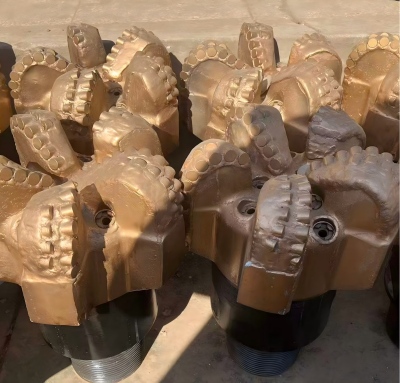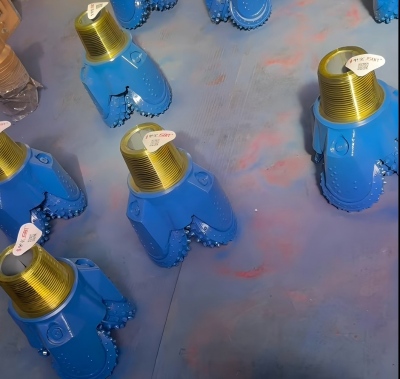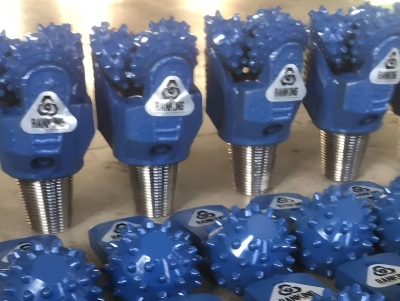Understanding the Tricone Drill Bit
Understanding the tricone drill bit, the workhorse of drilling operations.
In oil & gas drilling, the Tricone bit remains one of the most reliable and widely used tools for cutting through various formations. Designed for both rotary and directional drilling, this bit combines strength, precision, and versatility.
-How it works
A tricone bit consists of three rotating cones, each equipped with cutting teeth(either milled steel teeth or tungsten carbide inserts). As the drill string rotates, these cones roll and crush the rock beneath, breaking it into small fragments that are carried to the surface by circulating drilling mud.

-Key components and functions
-Journal bearings: Support the rotation of the cones under heavy load.
-Seals and Lubrication system: Protect internal bearings from drilling fluid contamination.
-Nozzles(Jets): Direct high-pressure mud flow to clean the bit face and remove cuttings efficiently.
-Cutting structure: Designed based on formation hardness-sharp long teeth for soft formations, short and durable inserts for hard formations.
-Drilling efficiency
Soft formations: Bits use long, widely spaced teeth for maximum penetration.
Hard formations: Bits use short, wear-resistant inserts to resist chipping and heat.
Optimized WOB(weight on bit) and RPM are critical for efficient drilling and bit life.

-Why it’s still essential
Despite advancements like PDC bits, the tricone bit remains vital in certain lithologies, especially interbedded or variable formations-where its rolling action minimizes vibration and bit damage.
-In summary
The tricone bit is not just a tool, it’s a balance of mechanical design, material science, and drilling dynamics, all working together to break new ground, literally and technically.


